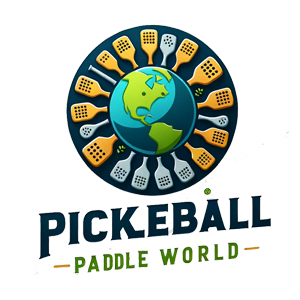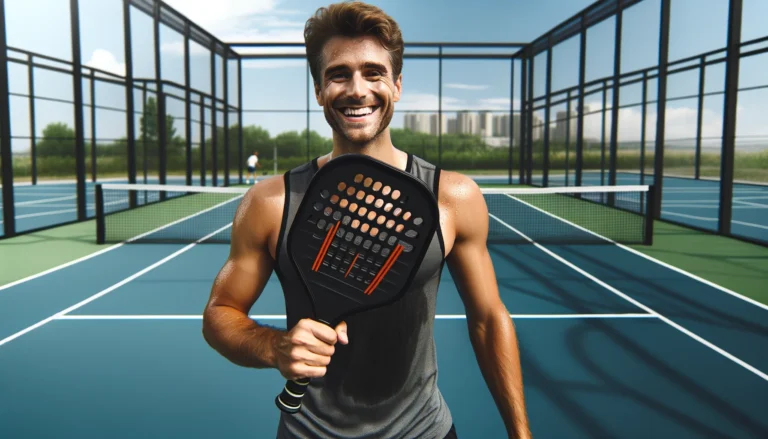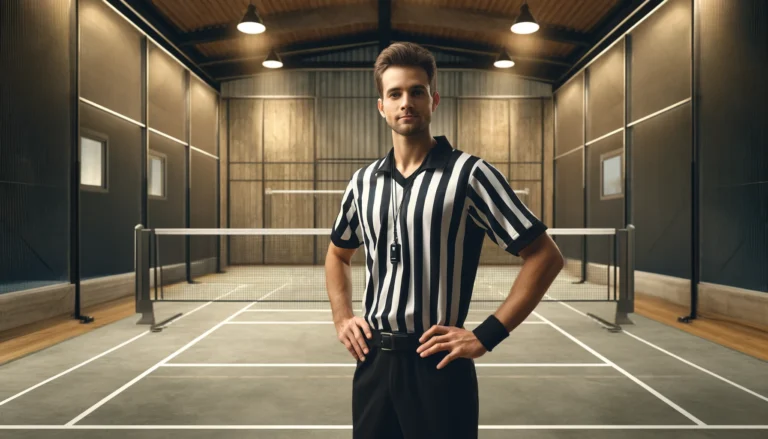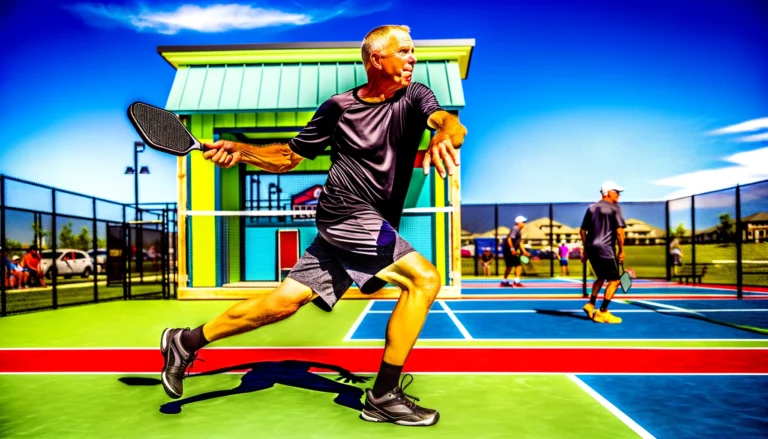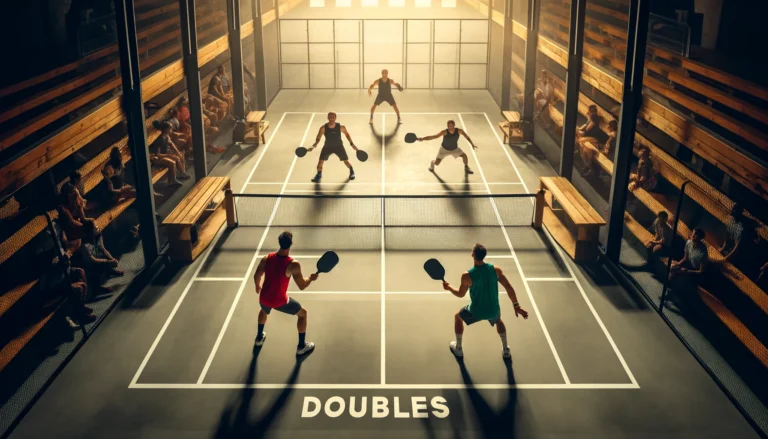What Are the 5 Rules of Pickleball? An In-Depth Guide for All Skill Levels
What Are the 5 Rules of Pickleball
Pickleball combines elements from tennis, badminton, and table tennis, creating a fast-paced and enjoyable sport that’s accessible to people of all ages. As the sport continues to grow in popularity, understanding its basic rules is essential for everyone from complete beginners to seasoned competitors. This article provides an overview of the five fundamental rules of pickleball, ensuring that players can confidently step onto the court.
1. The Court and Equipment
Pickleball is played on a 20×44-foot court, divided into two by a net that stands 36 inches high at the ends and 34 inches in the middle. The game uses a perforated plastic ball, similar to a wiffle ball, and paddles that are larger than ping pong paddles but smaller than tennis racquets.
Equipment Basics: Players use a paddle made from wood or composite materials, which affects gameplay and strategy. The ball, which can be designed for either indoor or outdoor play, also impacts how the game is played due to its bounce and flight characteristics.
2. The Serve
The serve in pickleball must be executed underhand with the paddle below the waist. The server stands behind the baseline on one side of the court and must hit the ball diagonally to land in the opposite service box.
Serving Rules: One attempt is allowed per serve unless a let (the ball hits the net and lands in the correct service box) occurs. The server continues to serve until a fault is made, which then transfers the serve to the opponent.
3. Scoring
Scoring in pickleball is straightforward but unique. Only the serving team can score points, and games are typically played to 11, 15, or 21 points, with the winning team needing to lead by at least two points.
Game Play: In doubles, the score determines who serves and from which side. Players must call out the score before serving, which consists of three numbers: the serving team’s score, the receiving team’s score, and a server number in doubles.
4. Rules of Play
After the ball is served, the receiving team must let it bounce once before returning it, and the serving team must also let it return bounce before hitting it back. This is known as the two-bounce rule, which forces the play to start slower and rallies to last longer.
The Kitchen: The non-volley zone, or “kitchen,” extends seven feet from the net on either side. Players are not allowed to volley (hit the ball before it bounces) while standing in the kitchen.
5. Faults
Faults are actions that stop play and include hitting the ball out of bounds, not clearing the net, stepping into the kitchen and volleying the ball, or violating the two-bounce rule.
Common Faults: It’s a fault if the ball is hit out of bounds, if the serve does not land in the appropriate diagonal service box, or if a player volleys from the kitchen.
Conclusion
Understanding these five basic rules will help you not only adhere to the game’s standards but also improve your playing strategy. Whether you are just starting out or have been playing for years, keeping these rules in mind will enhance your enjoyment and effectiveness on the court. As pickleball continues to evolve, staying informed and practiced in these fundamentals is key to enjoying every match to the fullest.
